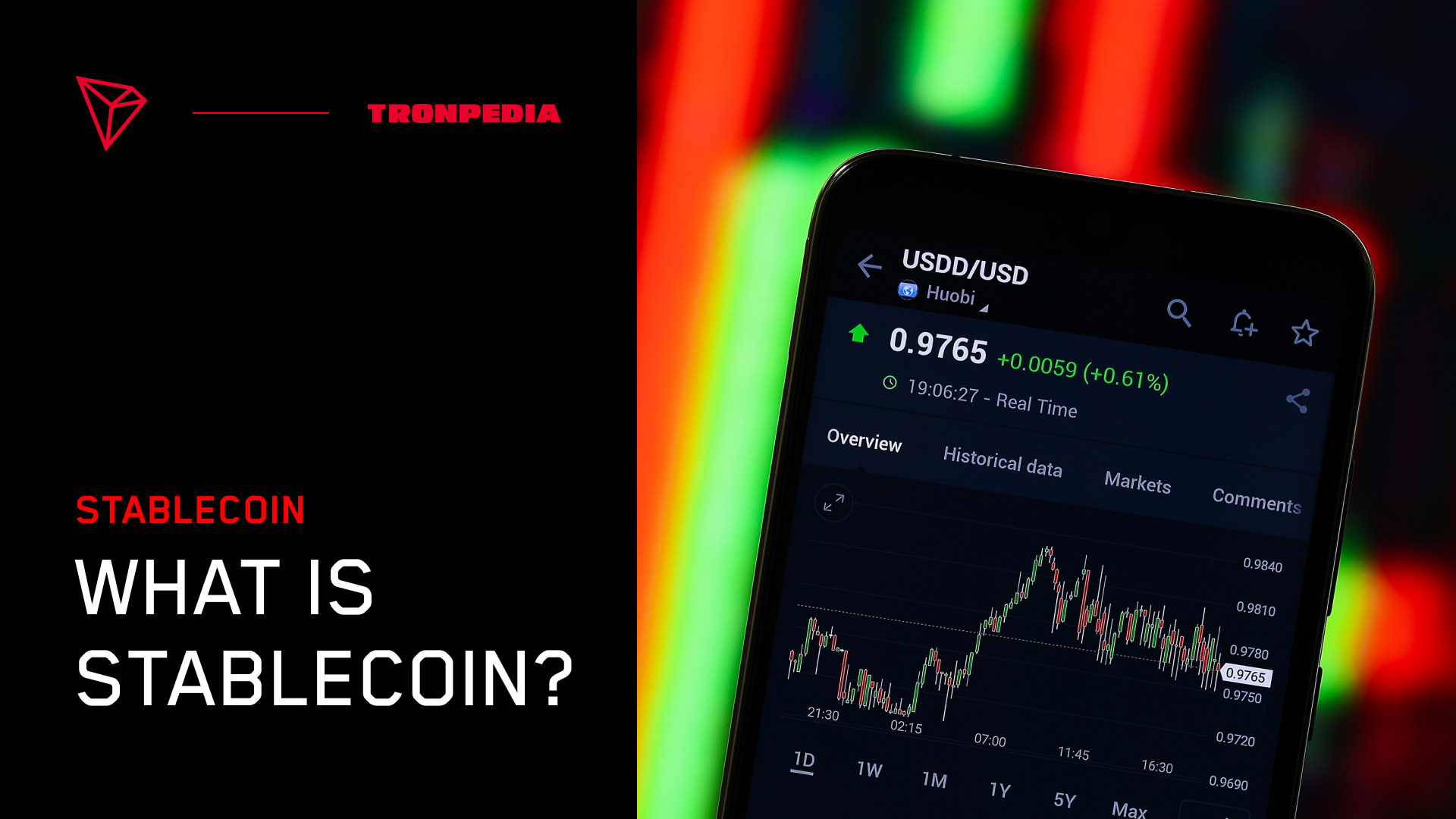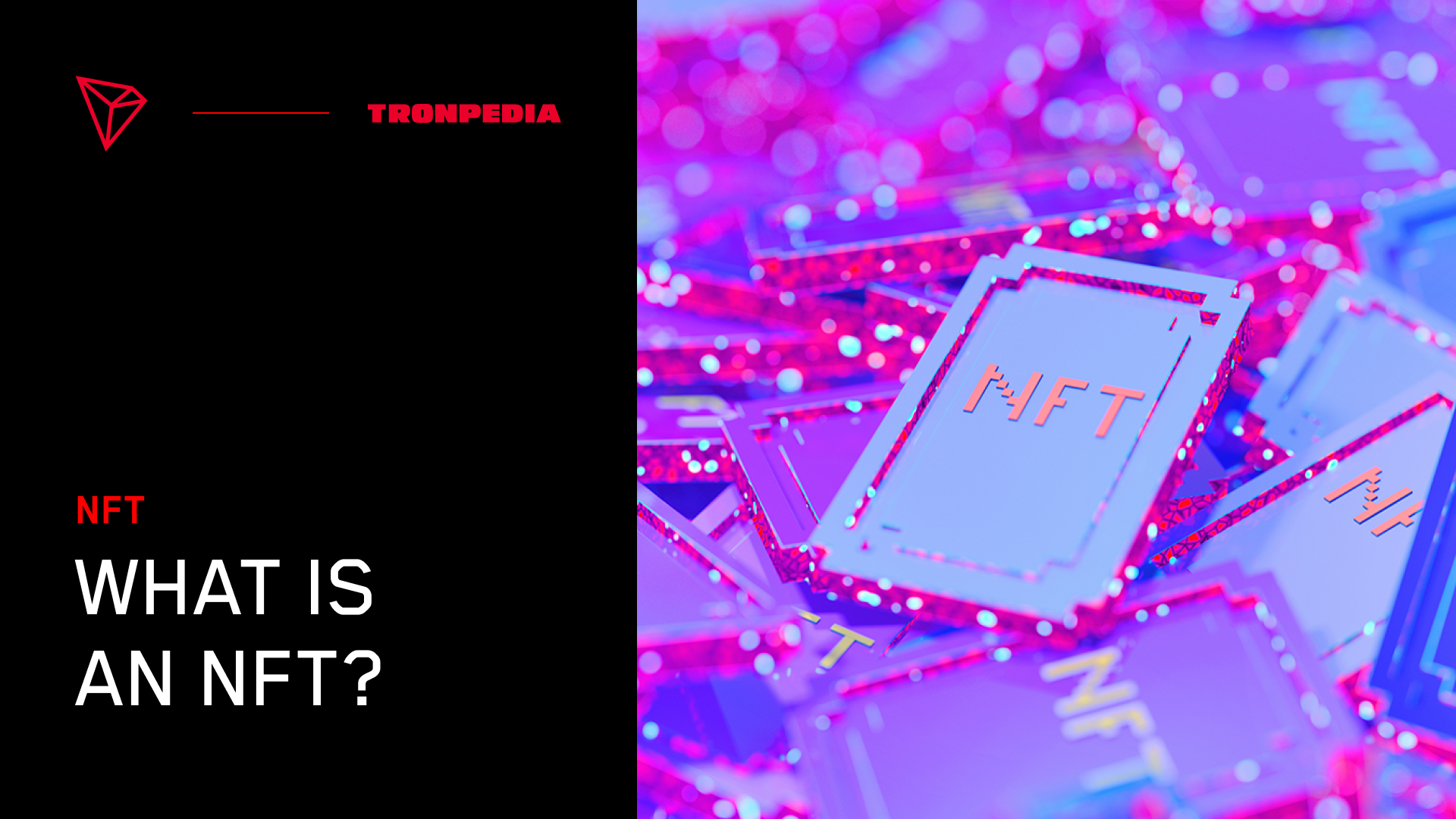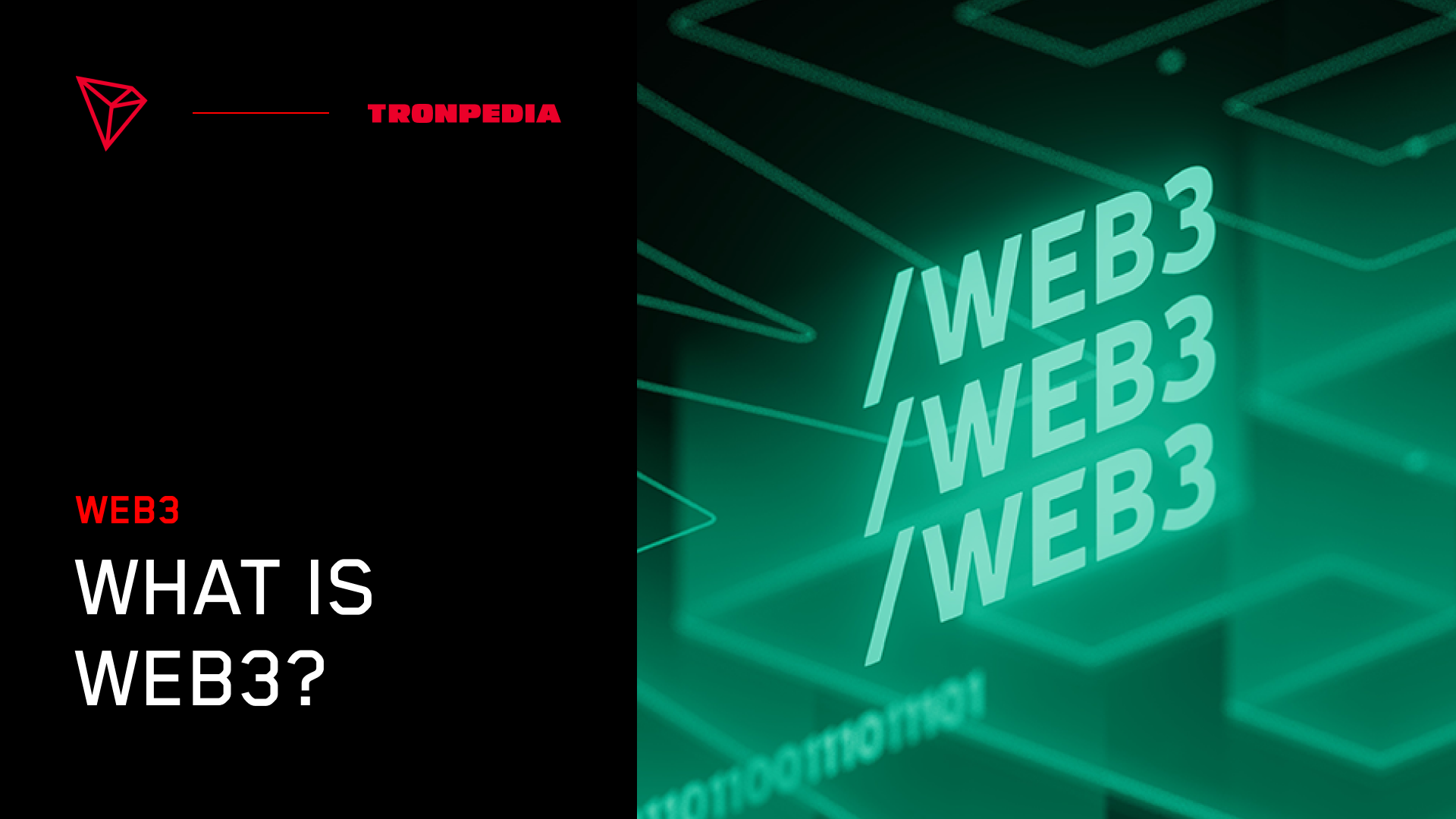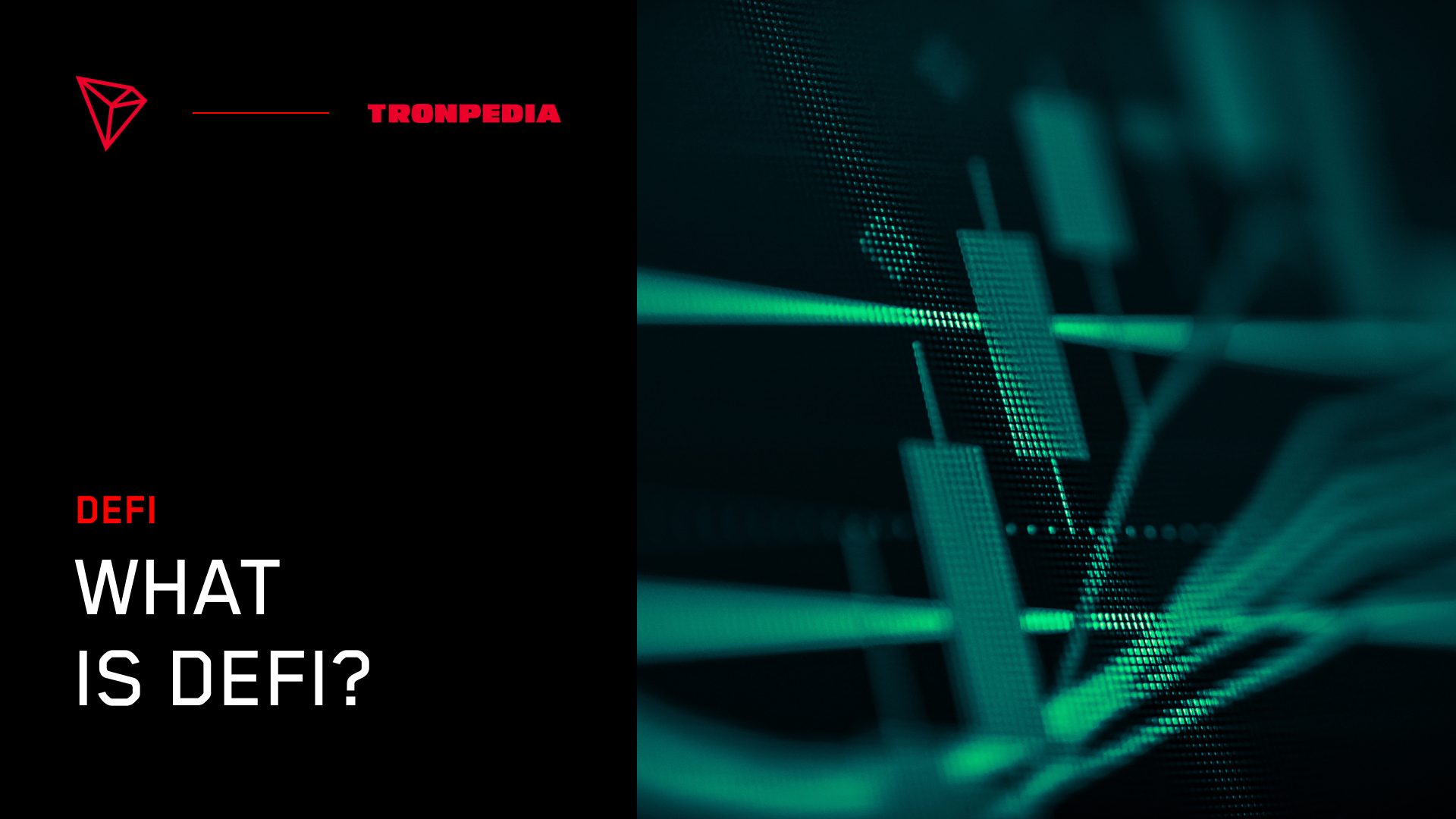Introduction: Whose Defying Web3 Skepticism?
As we discussed in our previous TRONPedia article, the principles of Web3 are some of the primary drivers behind the $1tn crypto market. Crypto has given us a glimpse of decentralized data and asset ownership on the blockchain. At the same time, it's also where many doubts about Web3 stem from. We could include hundreds of quotes of financial professionals with the opinion that cryptocurrency is valueless, dead, a place for scams and crime, or all of the above.
These opinions, often held by old institutional investors, don't ring quite as loudly today. Many financial institutions see just how vital Web3 will be, like JP Morgan calling it a $1tn/yr opportunity or Goldman Sachs offering the first Bitcoin-backed loan. However, these firms have had and still have their fair share of crypto skeptics. Today, we'll focus on the different organizations defying all doubts to try and get their piece of a $1tn pie.
Big Tech's Interest in Web3
Big tech companies have begun to shift focus from Web2 to Web3 development in many different ways. The biggest firms like Google, Amazon, Apple, and Microsoft have each spent millions and expanded hiring for Web3 product managers, software developers, and more. However, the most obvious example is Facebook, which rebranded itself to Meta to push more focus on its web3 efforts. And they've put in efforts alright, spending over $10bn on metaverse development in 2021, and the only expectation is they'll spend more. One of their more well-known investments was its Research SuperCluster, a supercomputer rivaling the fifth most powerful one in the world. Dubbed the RSC, this computer wouldn't exist without growth on the hardware side of Web3.
Chipmaking is crucial for the future of Web3 because its software is so heavily reliant on powerful computing. Besides their importance for the software each above company is developing, chips are also crucial for mining cryptocurrencies. Since many different Proof-of-Work blockchains rely on miners to approve their transactions, semiconductors will only continue to be more critical in the future. Companies like AMD and Nvidia have repeatedly supported Web3 developers through competitions and programs.
The Role of Venture Capital in Web3
For an industry that prides itself on being at the forefront of innovation, venture capital is unsurprisingly a vital player in Web3 development. After all, massive technological change rarely takes place without an enormous amount of capital. VCs have been crucial in providing that funding, as they invested over $33bn in crypto and blockchain technology in 2021 alone. VC interest has fallen during 2022 with the crypto markets being down, but that still didn't stop them from investing over $9bn through the year's first half. Some of the most prominent players in this space include flagship firms like Andreessen Horowitz and Sequoia Capital. However, Web3 has also provided a way to decentralized VC ownership through DAOs. The biggest venture DAOs dedicated to Web3 investment include MetaCartel, Flamingo DAO, and BitDAO.
You may think Web3 doesn't seem so decentralized since each massive, centralized company above is spending so much to build it. But, alas, this is the very basis of the blockchain trilemma. Vitalik Buterin proposed this term, which means a blockchain can't be scalable, secure, and decentralized all at once. These companies can provide a lot for the security and scalability of the blockchain, but it's still all in centralized hands. Though these companies’ efforts will lead to a better internet, let's shift our focus to a decentralized group that only exists to develop Web3: TRON DAO.
What is TRON DAO Doing to Help the Web3 Ecosystem and Developers?
There are many ways that TRON is adding to the Web3 landscape. Firstly, and most significantly, TRON DAO is responsible for the governance and maintenance of its native tokens, TRX and USDD. Each of these tokens is vital, with TRX powering the TRON blockchain and USDD enabling smoother usage for its users. However, neither is more critical for interchain connectivity than BTT. BTT is the native token of the BitTorrent Chain, the world's most extensive decentralized file-sharing protocol with over 100mn users. In 2018, the TRON network completed its ecosystem integration with the BitTorrent Chain, and since then, it's only improved. Not only does it still enable swift and decentralized file-sharing, but it also smoothly connects TRON's blockchain with Ethereum's and Binance's.
TRON DAO has not only made huge advancements within Web3, but it's also working to help you do the same with development. That's why its blockchain is built on the JavaScript and Python computing languages; more people know them than the popular blockchain language Solidity, so there's greater flexibility for coders. This easiness for coders has helped jumpstart fantastic projects built by the community, like the JUST network. JUST is a DeFi protocol that boasts a total locked value (TLV) of over $10bn. The platform includes:
- The USDJ stablecoin.
- The first official lender on TRON with JustLend DAO.
- An easy-to-operate bridge called Just Cryptos.
As you can see, JUST is now hugely valuable for the TRON network, but this is just the biggest community-made project. Hundreds of people within the TRON community have built incredible projects on its network, and TRON continues to support them with technical help, idea creation, marketing, and more.
Despite its coding languages being one of TRON's most significant assets, newcomers to coding can utilize TRON's resources to learn more about how to develop its blockchain. If you have some experience but not enough to build a project yourself, the TRON Development Hub is a great place to start. To the completely inexperienced coders, don't worry; we got you too with our next TRONPedia article: Developing in Web3.




